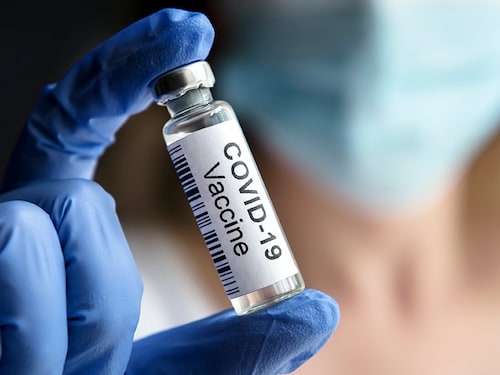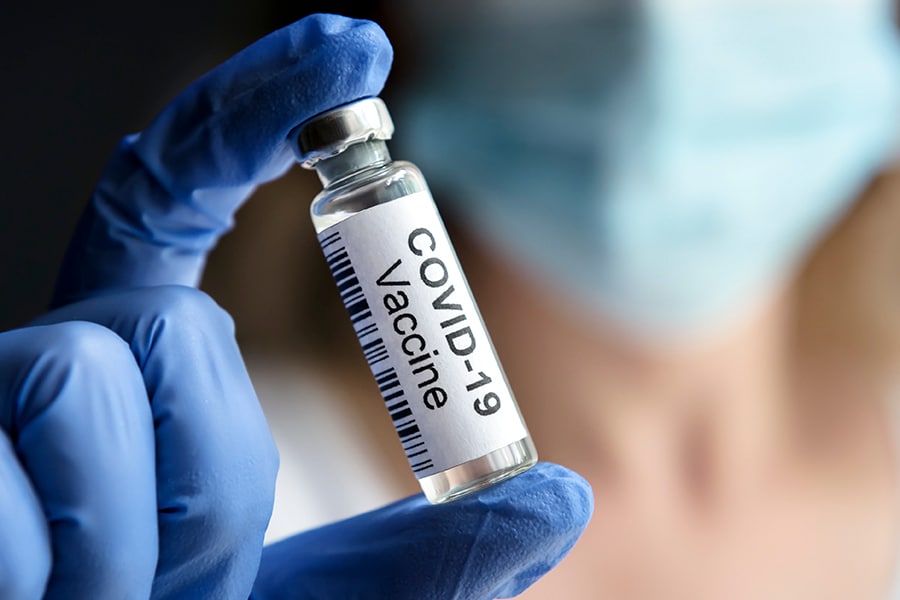Opinion: The coronavirus vaccines were developed in record speed. Now, the hard
When all is said and done, making the vaccine might turn out to have been the easy part


 Image: Shutterstock
Image: Shutterstock
The Food and Drug Administration is expected to grant emergency use authorizations to the first two coronavirus vaccines in the next several days. The sheer speed with which doctors and scientists were able to reach this stage is a major achievement, and the early results for both vaccines are undeniably impressive. New vaccines normally take years to develop, and scientists initially worried.
But when all is said and done, making the vaccine might turn out to have been the easy part.
Earlier this year, before President-elect Joe Biden tapped her to head the Centers for Disease Control and Prevention, Dr. Rochelle Walensky ran a computer simulation to game out how a coronavirus vaccine might affect the continuing pandemic. Early reports that at least two vaccines were 95% effective at preventing illness were fueling hope that inoculation would bring the crisis to a speedy conclusion, and Walensky’s team wanted to see how realistic that hope might be.
Not very, it turns out. Walensky’s study found that the most important factor in a given vaccine’s success is not necessarily how well that vaccine works. It’s everything else: how quickly and strategically the vaccine is distributed across the country, how well received it is and whether people continue to abide by other edicts, like mask wearing and physical distancing. “We find that factors related to implementation will contribute more to the success of vaccination programs than a vaccine’s efficacy as determined in clinical trials,” Walensky and her co-authors wrote.
That’s especially bad news for the United States, which has invested billions of dollars into vaccine development, but very little into actually getting people vaccinated.
In the coming weeks and months, health institutions across the country — hospitals, clinics, nursing homes, pharmacies, health departments — will face the unprecedented challenge of administering several entirely novel vaccines, some with stringent and complicated storage requirements, in the middle of a raging pandemic, to a weary populace that tends to be public-health averse in the best of times. Many of these institutions are running on fumes after years of deep budget cuts and months of unrelenting crisis, and most of them have nowhere near the resources that experts say are needed to meet the coming challenges.
The Association of State and Territorial Health Officials has said that its members need at least $8.4 billion to develop and run successful coronavirus vaccination programs. So far, the federal government has allocated less than $400 million.
According the nonpartisan Kaiser Family Foundation, which analyzed the vaccine distribution plans for 47 states, most have not completed plans to expand their vaccine delivery systems — a monumental task that will include identifying and vetting hundreds, or potentially thousands, of new vaccine providers per state. Nearly half don’t have data management programs comprehensive or reliable enough to keep track of who gets inoculated when (crucial information, especially given that all the vaccines on offer so far involve two doses). Less than half say they are prepared to identify and tally the number of people in their state who will be eligible for the very first shots, and few — between half and one-third — have plans to combat vaccine misinformation or reach racial minorities and other vulnerable populations.
Each of these shortcomings has been exacerbated by a lack of clarity from federal officials about a range of critical issues. For example, many health systems say they are not even sure which vaccines they will receive, let alone how many doses. Without that information, it’s difficult to say whether the plans they have drafted on paper will actually work.
So far, health officials have done little to acknowledge the challenges that lie ahead. Moncef Slaoui, the head of Operation Warp Speed, has said that 100 million Americans could be immunized against the coronavirus in the next 100 days: 20 million in December, 30 million in January and 50 million February. That timeline may indeed be possible, but it seems unlikely. Some hospitals are not even planning to administer their first doses until mid-January. The second doses can’t be administered until three or four weeks after that, and full immunization will take about a week from there.
Congress could take a crucial step toward correcting these deficits by increasing the funding for state and local vaccination programs across the country. There’s already broad bipartisan support for doing so, but the provisions are being held hostage along with the rest of the federal budget. Lawmakers should extract those provisions and pass them as a separate bill immediately.
In the meantime, health officials at every level should explain clearly and repeatedly why some groups might be vaccinated before others: Some people are much more likely to die from the virus or much more likely to pass it on to others, and vaccinating them first ensures that as many people as possible are protected from the limited vaccine supplies. They can reinforce this important message by setting steep penalties for people who try to cut in line — for example, by bribing doctors or by forging their frontline credentials.
Health officials should make clear that it will be crucial to wear face masks and practice physical distancing for a good while still. They should also be clear about the difference between real and imagined risks. While some of the vaccines have been linked to side effects like high fever and nausea, none of them can give a person COVID-19. While they appear to be safe for adults of any race or ethnicity, they have not yet been tested in children, pregnant women or nursing mothers. It’s still unclear how long protection will last, and doctors don’t yet know if the vaccines will prevent people from contracting the coronavirus, or just keep them from developing the deadly disease that the virus causes, COVID-19. They are working to answer these questions now.
If health officials want to maintain public trust and maximize vaccine uptake in the meantime, they’ll have to be transparent about what’s known and what isn’t, and clear about how that changes as new data emerges. It will be difficult for state and local health departments to develop targeted messaging campaigns without sufficient resources, but health officials at every level can still strive for transparency in their public remarks.
The federal government has invested billions of taxpayer dollars in vaccines to fight the coronavirus pandemic. Some of that investment has already been squandered. By failing to check the spread of the virus these many months, America’s leaders have ensured that no vaccine — not even a 95% effective one — will quickly contain it. But if lawmakers, officials and the waiting public do what’s needed now, they might still turn things around and make the most of the significant opportunities that remain.
First Published: Dec 10, 2020, 12:57
Subscribe Now